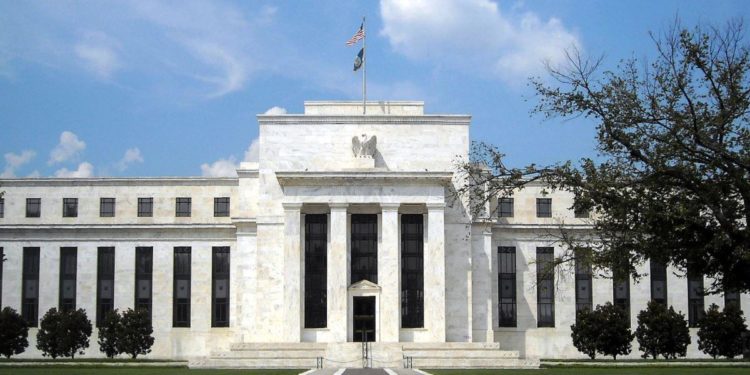Markets reacted badly last week to Federal Reserve Chairman Jerome Powell’s statements outlining the Fed’s initial forecast for the coming year. With inflation clearly no longer being “transitory,” with the CPI accelerating to 7% in December, Powell has turned increasingly hawkish. Apart from seeming to confirm a series of rate hikes for 2022, markets were also shaken by Powell’s confirmation that the Fed would begin reversing its bond buying program in March. The opposite of Quantitative Easing, Quantitative Tightening (QT) will see the Fed begin reducing its now more than 8 trillion dollar balance sheet. The reason for the move, as San Francisco Fed boss Mary Daly put it, is to give the Fed more ability to fight inflation without resorting to multiple 2022 rate hikes.
With experts increasingly dubious of the U.S. economy’s ability to grow in a higher interest rate environment, beginning QT in March would seem, on the surface, an obvious thing to do. The reasoning being that as QE seems to help hold down the yields of long-term bonds, doing the opposite should cause them to rise. This is true only in theory, however, and several considerations cast doubt on the enterprise.
First, the history of Quantitative Easing, and thereby also Quantitative Tightening, is quite short. Apart from brief Japanese experimentation in the early 2000s, much of the evidence of their real impacts comes from the period 2008-2019. During that time, there was no obvious correlation in the U.S. between inflation and Fed balance sheet activities. If anything, inflation rose commensurately with QT. And, further, the period suggests premiums on long-term bonds reflected inflation forecasts, not central bank balance sheet activities.
Second, Bernanke’s initial moves to reverse QE were memorably beaten back by the so-called “taper tantrum,” and the process then proceeded glacially. Today, the Fed’s balance sheet is significantly larger than in 2013, and this presents a dilemma. On the one hand, were the pace as slow as it was under Bernanke’s leadership the sheer size of the Fed’s balance sheet would mean the process would take a decade, thereby compromising its ability to respond to the next inevitable crisis. On the other hand, moving fast risks popping what looks like a “bubble in everything.” With the S&P trading at a whopping 36 times its forward earnings, higher than at its 1929 peak, and home prices according to the Case-Shiller index nearly 67% higher than their 2006 record, the possibility of a crash landing can’t be ruled out and will want to be avoided by policy makers.
Lastly, while it isn’t clear the Fed reversing its bond buying program will do anything to bring down inflation, as the Economist points out QT might just as well again coincide with rising inflation if future expectations of inflation continue to be high and yields compressed. Therefore, while QT will doubtlessly roil financial and equity markets – U.S. firms being highly reliant on easy credit in the debt markets to finance their operations and leveraged positions – it seems highly unlikely on its own to dampen inflation.
In short, the Fed remains trapped. While it may want to chicken out of rate hikes in 2022, the fact is inflation isn’t going anywhere—barring the onset of recession. From its vast increase in the money supply to supply chain disruptions, commodity and labor shortages, elevated shipping and insurance costs, and geopolitical hazards, the Fed will have to raise rates or risk completely losing control of what is already a deteriorating situation.
















